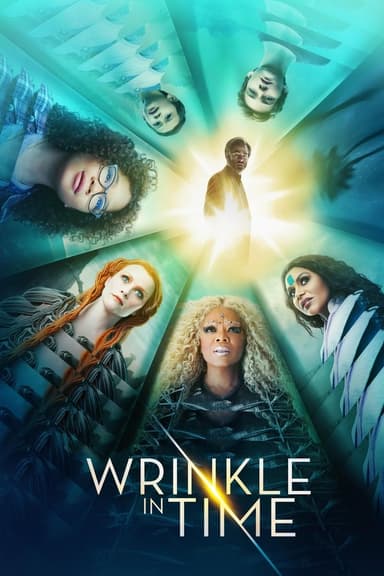
Every Day
2018 • Fantasy, Romance • PG-13
16-year old Rhiannon falls in love with a mysterious spirit named “A” that inhabits a different body every day. Feeling an unmatched connection, Rhiannon and “A” work each day to find each other, not knowing what the next day will bring.
Runtime: 1h 37m
Why you should read the novel
If you enjoyed the movie Every Day, consider experiencing the original novel by David Levithan. The book delves deeper into the protagonist A's daily life and emotional journey, offering greater insight into the complexities of waking up in a new body each day. The novel’s unique narrative immerses readers in A’s mind, allowing for a more intimate and thought-provoking exploration of identity, love, and self-acceptance.
Reading Every Day provides a richer, more nuanced perspective than the film adaptation, as it explores themes of empathy and understanding in a way only literature can. The book invites you to ponder challenging questions about what it means to truly know someone, celebrate individuality, and fall in love beyond the constraints of physical appearance. Levithan’s novel is acclaimed for its inventive storytelling and lyrical prose, making it a must-read for fans of young adult fiction.
By choosing to read Every Day instead of just watching the movie, you’ll gain an appreciation for David Levithan’s insightful commentary on society, love, and the human experience. The source material is deeply moving, with layers of meaning that resonate long after the final page. Discover why the novel has captivated readers worldwide and join the conversation about this unforgettable story.
Adaptation differences
One of the main differences between the adaptation and the book Every Day is the depth of A's internal monologue. While the film focuses on A's interactions with Rhiannon and the immediate emotional impact of body-swapping, the novel delves deeply into A's thoughts, insecurities, and ethical struggles. Readers gain a fuller understanding of A’s complex identity and nuanced perspective, something the visual medium cannot fully capture.
Another significant change is the pacing and scope of the story. The book provides a more extensive look at A’s daily lives, exploring a wider variety of people and experiences that A inhabits. These additional perspectives enrich the novel’s central themes, whereas the movie narrows its focus to streamline the plot for cinematic storytelling. As a result, some secondary characters and subplots are omitted or condensed in the film version.
Furthermore, the romance between Rhiannon and A plays out differently in the two mediums. In the book, their relationship develops gradually and is marked by philosophical discussions about love, consent, and morality. The movie adaptation, by contrast, emphasizes more traditional romantic moments and visual storytelling, which can simplify the complexity of their bond as depicted in the novel.
Lastly, the endings of the book and movie diverge, offering different closures for A and Rhiannon. The novel provides a more ambiguous and introspective resolution, staying true to Levithan’s exploration of identity and self-sacrifice. The movie opts for a more definitive conclusion, designed to satisfy audiences with a clear sense of closure. These differences make reading Every Day an essential experience for fans seeking the full depth and introspection of the original story.
Every Day inspired from
Every Day
by David Levithan











